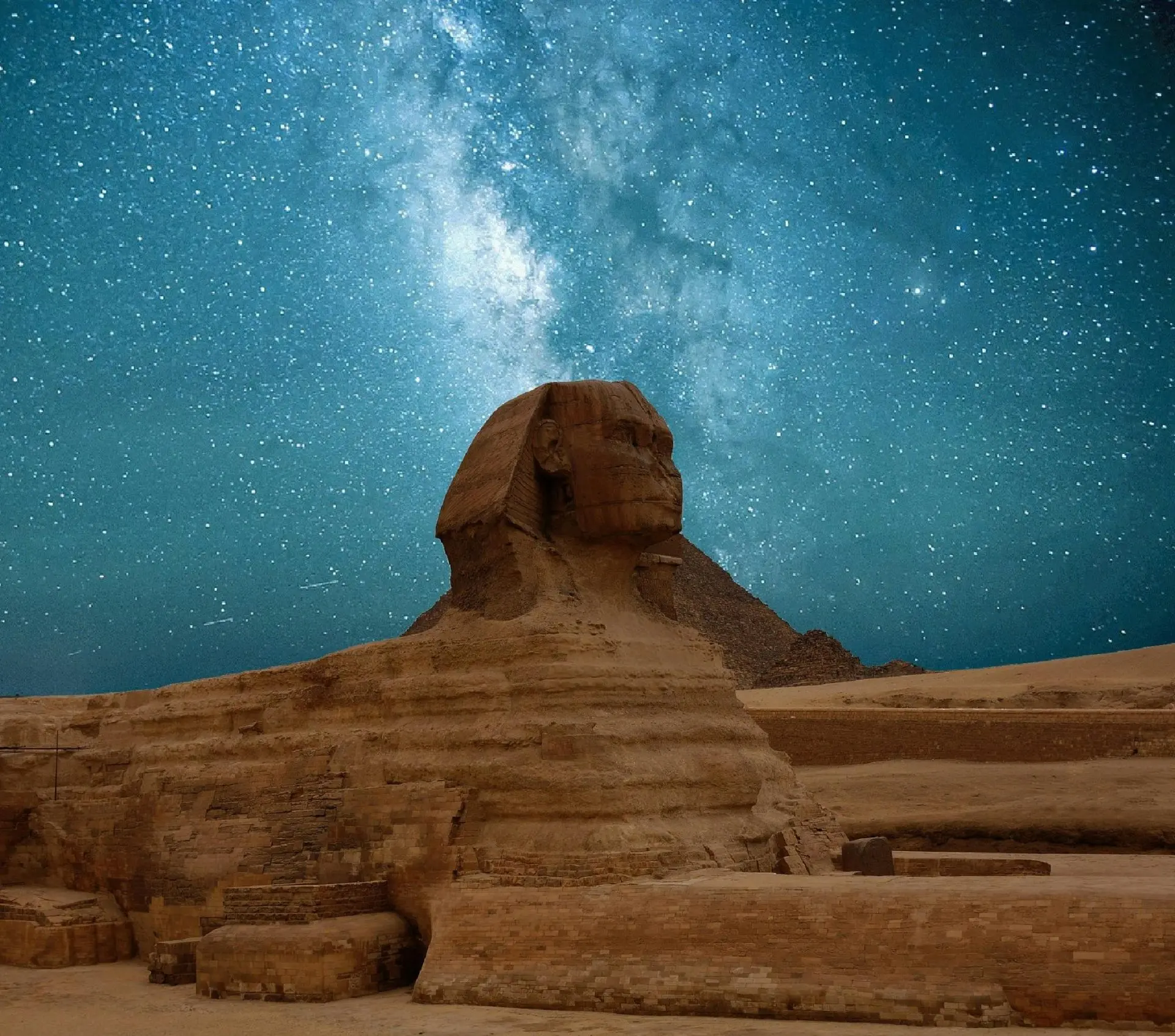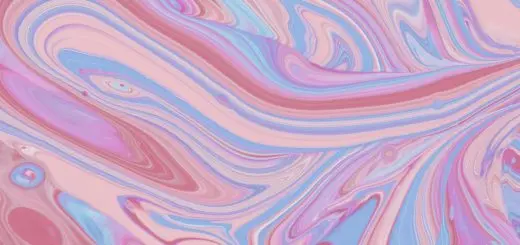Oni: Fearsome Demons of Japanese Mythology

Looking for more amazing products? Check out our online store and explore our collection here! Happy shopping!
Before diving in, please note: This post is for informational purposes only. If you’d like to know more about how we approach topics, feel free to check out our friendly Disclaimer Page.
Hey there, amazing readers! 
We’re committed to delivering quality posts, and your support (even just sticking around despite the ads) means everything to us. So, bear with us, and thanks for helping us keep the good vibes rolling. Now, on to the fun stuff!
TRANSLATE BUTTON AT THE END OF THE ARTICLE
Introduction to Oni: Japanese Mythological Beings
In Japanese mythology, Oni are fearsome creatures that have captured the imagination of people for centuries.
These supernatural beings are often depicted as monstrous demons with horns, sharp claws, and wild hair.
Despite their terrifying appearance, Oni are not necessarily always evil; they can also represent justice, protection, and the punishment of evildoers.
The concept of Oni has deep roots in Japanese folklore and culture, with various legends and stories featuring these formidable creatures.
Let’s delve into the origins, characteristics, significance, and modern representations of Oni in Japanese society.
Origins and Evolution of Oni in Japanese Culture
The origins of Oni can be traced back to ancient Japanese folklore and mythology.
In the earliest tales, Oni were considered malevolent spirits that caused harm and chaos.
Over time, their portrayal evolved to include aspects of both evil and righteousness, reflecting a more nuanced view of these mythical beings.
Oni are believed to have originated from Chinese folklore but were gradually incorporated into Japanese culture, taking on unique characteristics and attributes.
As Japanese society changed and developed, so did the depiction of Oni, adapting to reflect the values, beliefs, and fears of the people.
Characteristics and Appearance of Oni
Oni are typically depicted as large, ogre-like creatures with horns, sharp teeth, and vividly colored skin, often in shades of red, blue, or green.
They are known for their immense strength, ferocity, and fondness for causing mischief and chaos.
Oni are often shown carrying iron clubs called kanabo, which they use to punish wrongdoers.
Despite their intimidating appearance, Oni are not mindless monsters; they possess intelligence and cunning, making them formidable opponents in folklore and mythology.
Their appearance can vary depending on the story or region, but their essence as powerful, otherworldly beings remains consistent.
Oni in Japanese Folklore and Literature
Oni feature prominently in Japanese folklore, appearing in a wide range of stories, legends, and theatrical performances.
They are often portrayed as antagonists who challenge heroes and test their courage and resolve.
Oni are associated with natural disasters, disease, and other calamities, symbolizing the unpredictable and uncontrollable forces of nature.
In literature, Oni are used to explore themes of good versus evil, justice, and the consequences of human actions.
Some of the most famous tales featuring Oni include "Momotaro" and "Urashima Taro," where they serve as formidable adversaries to the protagonists.
Oni as Symbols of Evil and Justice in Japan
While Oni are commonly viewed as symbols of evil and malevolence, they also represent justice and the protection of the innocent in Japanese culture.
In some stories, Oni are depicted as guardians who punish wrongdoers and uphold moral order.
Their dual nature reflects the complex moral landscape of Japanese society, where good and evil are not always clearly defined.
Oni are also seen as protectors of shrines and temples, warding off malevolent spirits and bringing blessings to the faithful.
This duality of Oni as both malevolent and benevolent beings adds depth and intrigue to their character in Japanese mythology.
Popular Depictions of Oni in Modern Media
In modern times, Oni continue to captivate audiences through various forms of media, including movies, video games, and anime.
Their striking appearance and rich mythological background make them popular subjects for creative reinterpretation and adaptation.
From menacing villains in action films to lovable characters in children’s cartoons, Oni have found a lasting place in popular culture.
Video games like "Onimusha" and "Nioh" feature Oni as formidable enemies that players must overcome, adding an element of challenge and excitement to the gaming experience.
The enduring appeal of Oni in modern media speaks to their timeless allure and versatility as mythological beings.
Oni Festivals and Traditions in Japan
In Japan, there are several festivals and traditions dedicated to Oni, celebrating their role as protectors and bringers of good fortune.
One of the most famous events is Setsubun, a spring festival where people throw roasted soybeans to drive away evil spirits, symbolized by Oni.
Participants chant "Oni wa soto!
Fuku wa uchi!" meaning "Out with the demon, in with good luck!" to purify their homes and invite blessings for the coming year.
Oni masks and costumes are also worn during traditional performances and parades, adding a festive and colorful touch to the celebrations.
These festivals serve as a way to honor and pay homage to Oni while reinforcing cultural traditions and beliefs.
Oni Legends and Tales Passed Down Through Generations
Throughout Japan, there are numerous legends and tales featuring Oni that have been passed down through generations.
These stories often serve as cautionary tales, teaching moral lessons and imparting wisdom to listeners.
From tales of Oni kidnapping children to stories of heroic warriors battling demonic foes, Oni legends are rich in symbolism and cultural significance.
Some regions have their own unique variations of Oni folklore, adding a regional flavor to the overall tapestry of Japanese mythology.
By preserving and sharing these stories, communities keep the legacy of Oni alive and ensure that future generations continue to appreciate their mythical heritage.
Oni Masks: Symbolism and Significance
Oni masks hold a special place in Japanese culture, symbolizing protection, strength, and courage.
These intricately designed masks are often used in traditional theater performances, such as Noh and Kabuki, to portray Oni characters on stage.
The exaggerated features and bold colors of the masks help convey the fierce and powerful nature of Oni, adding drama and intensity to the performances.
In festivals and ceremonies, people may wear Oni masks to ward off evil spirits and ensure good fortune.
The craftsmanship and artistry involved in creating Oni masks reflect the deep respect and reverence for these mythological beings in Japanese society.
Oni vs. Yokai: Understanding the Difference
While Oni are a type of yokai, not all yokai are Oni.
Yokai is a broad term that encompasses various supernatural beings and monsters in Japanese folklore, including ghosts, spirits, and demons.
Oni specifically refer to the ogre-like creatures with horns and fierce demeanor.
Other yokai can take on human or animal forms and have a wider range of behaviors and characteristics.
While Oni are often associated with malevolence and chaos, yokai as a whole represent the diverse and colorful cast of characters that populate Japanese mythology.
Understanding the distinctions between Oni and other yokai can provide insight into the rich tapestry of folklore and beliefs in Japan.
The Role of Oni in Shintoism and Buddhism
Oni play a complex and multifaceted role in both Shintoism and Buddhism, two of the major religions in Japan.
In Shintoism, Oni are often seen as kami, or spirits, that inhabit the natural world and influence human affairs.
They are revered as powerful beings that can bring blessings or curses, depending on their mood and intentions.
In Buddhism, Oni are sometimes depicted as demonic entities that represent the temptations and obstacles faced on the path to enlightenment.
By navigating the realms of Shintoism and Buddhism, Oni embody the spiritual dichotomy of good and evil, light and darkness, that permeates Japanese religious and philosophical thought.
Oni: Mythological Creatures That Continue to Intrigue
In conclusion, Oni are fascinating mythological beings that have left an indelible mark on Japanese culture and folklore.
From their origins as malevolent spirits to their modern interpretations in media and art, Oni continue to captivate audiences with their striking appearance and complex character.
As symbols of both evil and justice, Oni embody the duality and ambiguity of moral values in Japanese society.
By exploring the legends, traditions, and symbolism surrounding Oni, we gain insight into the rich tapestry of Japanese mythology and the enduring allure of these fearsome demons.
Whether as harbingers of calamity or protectors of the innocent, Oni remain a powerful and enigmatic presence in the realm of Japanese folklore.

The Enlightenment Journey is a remarkable collection of writings authored by a distinguished group of experts in the fields of spirituality, new age, and esoteric knowledge.
This anthology features a diverse assembly of well-experienced authors who bring their profound insights and credible perspectives to the forefront.
Each contributor possesses a wealth of knowledge and wisdom, making them authorities in their respective domains.
Together, they offer readers a transformative journey into the realms of spiritual growth, self-discovery, and esoteric enlightenment.
The Enlightenment Journey is a testament to the collective expertise of these luminaries, providing readers with a rich tapestry of ideas and information to illuminate their spiritual path.
Our Diverse Expertise
While our primary focus is on spirituality and esotericism, we are equally passionate about exploring a wide range of other topics and niches 

To ensure we provide the most accurate and valuable insights, we collaborate with trusted experts in their respective domains 
Our blog originally focused on spirituality and metaphysics, but we’ve since expanded to cover a wide range of niches. Don’t worry—we continue to publish a lot of articles on spirituality! Frequently visit our blog to explore our diverse content and stay tuned for more insightful reads.
Hey there, amazing reader! 
Check out our store here and take a peek at some of our featured products below! Thanks for being awesome!












